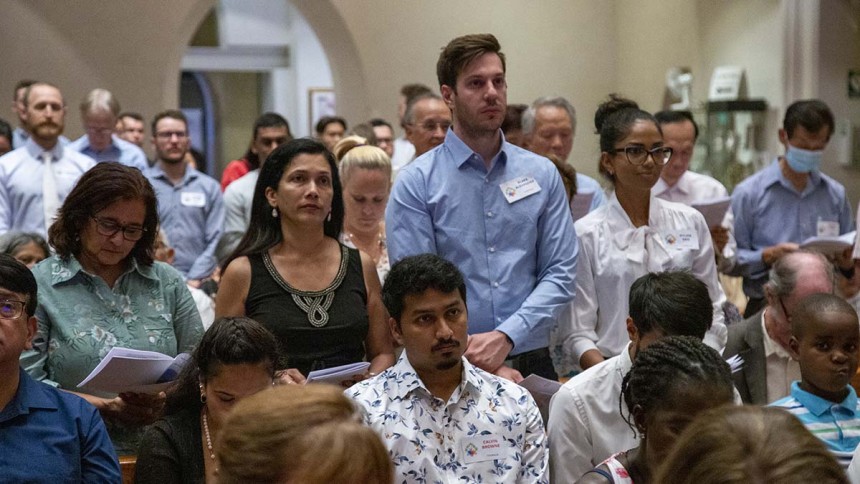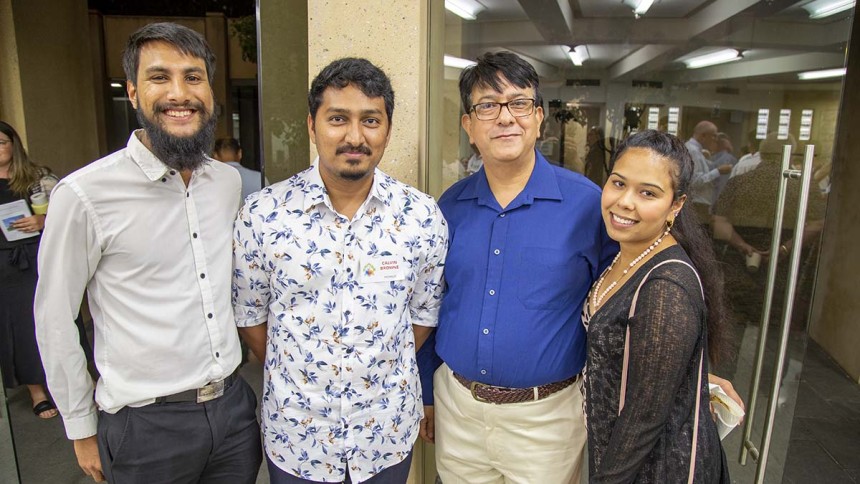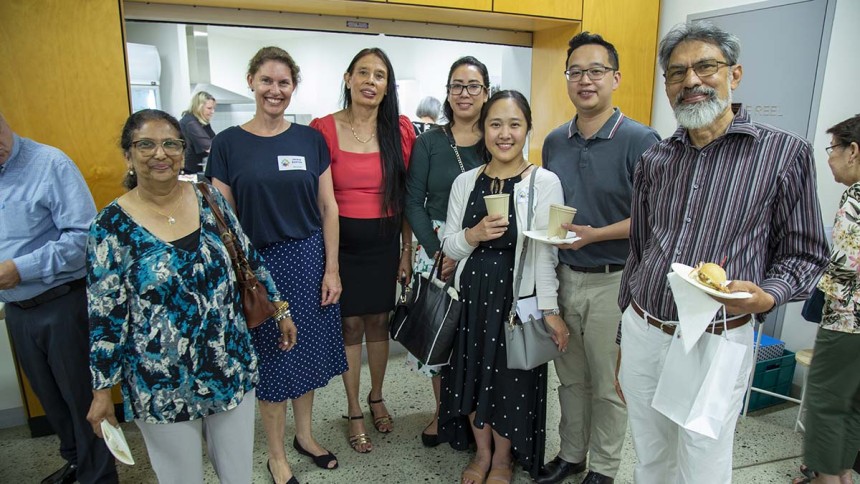
New Catholics stand in preparation for the Rite of Election at St Mary’s Cathedral, Thursday 2 March. Catholics made up 22.6 per cent of the population in 2016; they represented 20 per cent of the population in 2021. Photo: Jamie O’Brien.
A new National Centre for Pastoral Research report published today provides a comprehensive snapshot of the millions of people who identified as Catholic in the 2021 Australia Census.
The Social Profile of the Catholic Community in Australia is the latest in a series of reports published following each national Census, providing extensive demographic information on Australian Catholics.
“Knowing the people who make up the Catholic population helps dioceses, parishes and other Catholic ministries better understand and serve their communities,” said Australian Catholic Bishops Conference President and Perth Archbishop Timothy Costelloe SDB.
“We are fortunate to have such valuable information at our fingertips and we are grateful to the National Centre for Pastoral Research for its high-quality reports.”
Some key religious affiliation statistics were released last year.
They included the number of Catholics, which fell from around 5.3 million in 2016 to under 5.1 million in 2021.
Catholics made up 22.6 per cent of the population in 2016; they represented 20 per cent of the population in 2021.

Guests celebrate following the Rite of Election at St Mary’s Cathedral, Thursday 2 March 2023. The Social Profile of the Catholic Community in Australia is the latest in a series of reports published following each national Census. Photo: Jamie O’Brien.
“We have seen a broad shift away from religious identification in Australian society, so those figures were not a surprise, although they were disappointing,” Archbishop Costelloe said.
“The statistics in this report confirm what we are seeing in our parish communities – that they are becoming more and more culturally and linguistically diverse.
“But it also uncovers some information that is less obvious, like the increasing percentage of Catholics attending Catholic schools, the rising educational attainment levels of Catholics and the changing composition of Catholic households.”
Archbishop Costelloe said knowing, for example, that 21 per cent of those who identify as Catholic were born in a non-English-speaking country – and learning which countries they come from – helps to reach people in their native language.
Trudy Dantis, Director of the National Centre for Pastoral Research, an agency of the Bishops Conference, said it is important to remember that the national social profile doesn’t capture any information about religious practice.

Guests celebrate following the Rite of Election at St Mary’s Cathedral, Thursday 2 March 2023. Trudy Dantis, Director of the National Centre for Pastoral Research said it is important to remember that the national social profile doesn’t capture any information about religious practice. Photo: Jamie O’Brien.
“The Catholic Church in Australia gathers data from a range of sources, and other reports have observed – and future reports will observe – more about the composition of those who attend Mass,” Dr Dantis said.
“These national profiles, though, which have now covered seven Censuses, are extremely helpful in understanding the current demographics of the Catholic population and the evolution of the Catholic community over time in Australia.”
Social profiles for each Australian diocese, and for each parish community, will be published in the coming months.
The Social Profile of the Catholic Community in Australia can be found at www.ncpr.catholic.org.au
